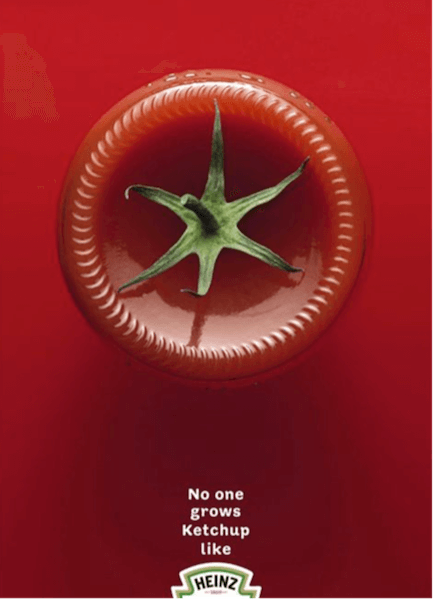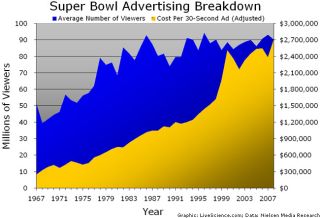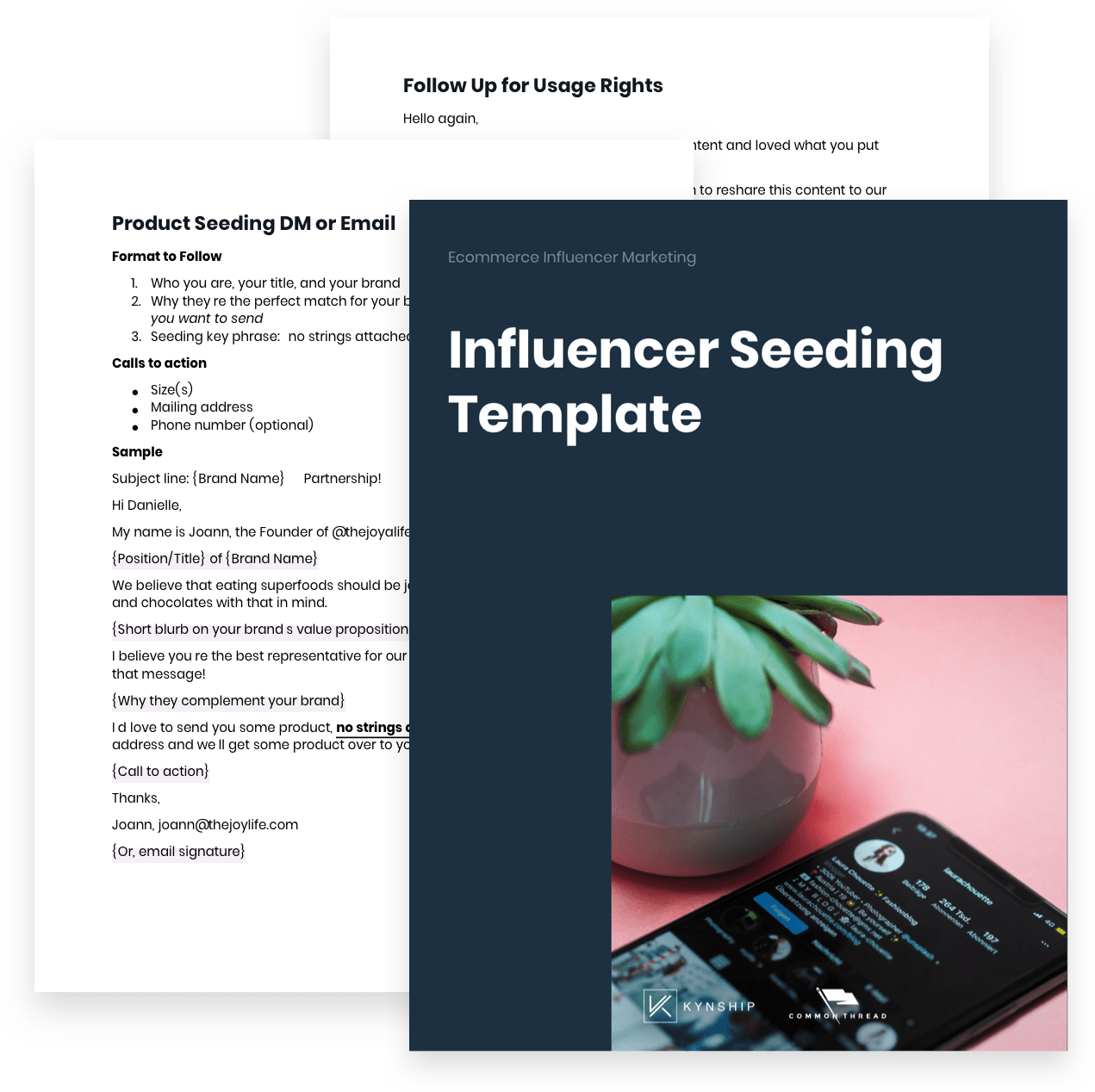
KFI AM is a radio station that broadcasts in Los Angeles, CA. It broadcasts at the hour 640 AM. It is heard across most of western North America, including Arizona as well as Nevada. It is a news and talk channel during the day. It's a top 40 music station in the evening. KFI provides shows for national syndication, aside from local programming.
KFI, the flagship station for the Los Angeles Dodgers in the 1960s was KFI. Throughout the 1970s, it aired the entire Dodgers game. KFI was a major source of war news for the Los Angeles region during World War II. KFI also carried the NBC network weekend radio service.
KFI began playing adult-oriented top 40 music in late 1970s. There were many popular disc jockeys, interspersed between aggressive coverage of local sports. Dave Diamond hosted the evening show. Bob Shannon survived the change, and later worked as a film acting coach in Los Angeles.
"The Swingin’ Year" was a nationally syndicated TV show for 25-years. Chuck Cecil hosted the show from 1956 to early 1970s. It aired on KFI before it was moved to KKJZ in Long Beach.

KFI was a talk and news station that shifted from a top-40 format in the late 1970s. Scott Ellsworth's program "Scott's Place", featured jazz music. Ted Rall and Charlie Fox were also present.
Lohman & Barkley was a morning duo. They also did live call in shows. Casey Bartholomew worked as a board operator and wrote many of the most popular "updates." Tim Kelly served as a contributor to the Bill Handel Program.
KFI is also an innovator in the Emergency Alert System in the Western U.S. It supplies play-byplay broadcasts of live events to other stations in Southwest. Its transmitter site is in La Mirada, California. It turned off HD signals on August 12, 2015.
KFI also has an iHeartRadio streaming platform. There is one national syndicated talk show, and two local shows. All the hosts are Southern California residents. The station has featured some of the most famous radio personalities.
KFI's lineup has changed a lot in the past decade. Many of the former hosts have left KFI. Some of the old hosts have returned. Neil Saavedra, now marketing director. Mike Nolan, ground-based traffic reporter is back on the air.

In addition, KFI has added new programs. After a long hiatus, Mike Nolan was back on the air with KFI and KOST 103.5 as a subject matter expert for aviation related topics. He is also host of Sunday's Jesus Christ Show.
Interviews with former NBC Radio personalities were featured on the occasion of KFI's 50th Anniversary. Tim & Ev Kelly, the "Swingin' Years," and Mark Thompson were among the guests. Tom Leykis hosted a political-oriented "combat radio", and was one of the guests. Dave Hull, who hosted a weekly talk show, joined the lineup in 2013.
KFI's 50th Anniversary celebration was held at a radio station in Burbank, CA. KFI was purchased by Cox Broadcasting for $15 million. This was one of the largest sums ever paid for a station on radio.
FAQ
What do you need to know about radio advertising?
You should understand how the different types of media affect each other. Remember that all media types are complementary, not competing.
Radio is best used to complement television advertising. It complements TV by reinforcing key messages and providing additional information.
TV commercials are often too long for radio listeners. Radio ads are usually shorter and less expensive.
What is an advertising campaign?
An advertisement campaign is a series containing advertisements to promote a product. This could also include the entire production of these ads.
The term "ad" comes from the Latin word for "to sell." Marcus Terentius Varro (116–27 BC), the first known user of the term "ad" used it to mean "to make sales."
Large companies or agencies usually do advertising campaigns. There may be many media types involved, including print and television as well as radio, TV, and internet.
Advertising campaigns can last up to six months and have specific goals. Advertising campaigns can have different goals. Some are focused on increasing sales while others generate awareness.
What do you need to know about internet advertising?
Internet advertising is an integral part of any business strategy. It allows businesses to reach potential clients at a low price. There are many options for internet advertising. Some are free while others may require payment.
There are several options for advertising on the internet. These include banner ads, pop-up advertisements, search engine optimization (SEO), PPC (pay-per-click) advertisements, social media and mobile marketing. Each method has its benefits and drawbacks.
What is branding?
Branding is a way to communicate who and what you are. It is how people remember your name.
Branding refers to creating a brand that is memorable for your company. Branding is more than a logo. It encompasses everything, from the physical appearance of your company to the voice and tone used by your employees.
Because customers know exactly what they are getting, strong brands help them feel confident in purchasing from you. It gives customers confidence when choosing your products over the ones of other competitors.
A good example of a well-branded company is Apple. Apple is a globally recognized brand because of its beautiful design, high-quality product lines, and friendly customer service.
Apple has been synonymous with technology since its inception. People think of Apple whenever they see a computer or smartphone.
You should think about creating a brand if you are considering starting a business. This will give your business a personality and face.
What should you know about printing advertising?
Print advertising is an effective medium for communicating with consumers. It is used by many companies for promoting products and services. Its main purpose is to grab the attention of consumers.
Print ads are usually one-page long. They contain text, images, logos, and any other graphics. They may also include sound, animation, video, and hyperlinks.
The main types of print advertisements are classified as follows:
1. Brochures – These are large format printed pieces that are intended to draw people into stores. Brochures are filled with eye-catching designs, colorful pictures, and attractive graphics.
2. Catalogues - These are smaller versions of brochures. These are typically sent to customers who ask for specific information.
3. Flyers – These are small pieces made of paper that are distributed at events, such as fairs or concerts. These flyers are usually free, but they must be purchased if given to retail outlets.
4. Posters – These are larger versions for flyers. They can be displayed on fences, walls, or buildings. They are typically created using computer software programs that aim to attract the attention of passersby.
5. Direct mail - These are letters or postcards that are sent directly to potential customers. These are sent to customers periodically by businesses to remind them about their business.
6. Newspaper Ads – These are ads that appear in newspapers or magazines. These ads are often quite long and include both text and images.
What is an advertisement buyer?
An advertiser buys advertising space on TV, radio, print media, etc.
Advertisers pay only for the time their message is to appear.
They don't necessarily look for the best advertisement, but instead seek out the most effective way to reach their target market.
An advertiser might have information specific to their potential customers such as age and gender, marital status or occupation, hobbies, interests, income, etc.
This information can be used by advertisers to decide which media works best for them. An example is direct mail that appeals to older people.
Advertisers also take into account the competition. If there are similar businesses nearby, they might choose to place their ads near those competitors.
Advertisers also need to consider their budget size and how long they will spend it before it expires.
How much does it cost for social media advertising?
If you decide to go this route, you should know that social media advertising is not free. You will be charged monthly based on how much time you spend on each platform.
Facebook - $0.10 for 1,000 impressions
Twitter - $0.20 per 1,000 impressions (if you tweet)
Linkedin - $0.30 per 1,000 impressions if you send out invitations
Instagram - $0.50/1000 impressions
Snapchat - $0.60 per 1,000 impressions ($0.40 per user)
YouTube - $0.25 Per 1,000 Views
Tumblr $0.15 for 1,000 impressions text posts
Pinterest - $0.05 per 1,000 impressions per month
Google + $0.15-$0.20 Per 1 Million Impressions
Tumblr- $0.15-$.20 for 100,000 impressions
Vimeo - $0.20 to $0.25 per 10,000 impressions
Soundcloud: $0.20-$0.25 Per 1 Million Plays
StumbleUpon - $0.20 -$0.25 per 1 billion pageviews
Digg - $0.20 to $0.25 per 1000 diggs
Reddit - $0.20-$0.25 per 1000 comments
Wordpress $0.20-$0.25 per 500 Comments
Flickr - $0.20 -- $0.25 per 5,000 photo uploads
Statistics
- It collects money from the advertisers, keeps 32% for its role in facilitating the process, and the remaining 68% goes to the publisher (you). (quicksprout.com)
- Nonetheless, advertising spending as a share of GDP was slightly lower – about 2.4 percent. (en.wikipedia.org)
- Advertising spending as a share of GDP was about 2.9 percent. (en.wikipedia.org)
- Worldwide spending on advertising in 2015 amounted to an estimated US$529.43 billion. (en.wikipedia.org)
External Links
How To
How to Make Sponsored Ads On Facebook
Facebook has become one of the most popular social networking platforms. It has been estimated that there are 1.79 billion active monthly users worldwide. This number continues to grow every day.
Facebook is completely free. However, you will need to pay to reach your target audience. You can use paid advertising options such as banners, promoted posts, etc.
Login to an app you already have registered. Otherwise, click "Create New App." then follow these steps:
-
Click "Add Platform", under the Apps section.
-
Select "Advertising", then click on Continue.
-
Complete the form and send it in.
-
After approval, you'll receive a Client ID (and Secret key). Copy them.
-
Then, copy the keys into the appropriate areas.
-
Enter the name of your campaign and select the currency.
-
Click on "Start Campaign"
-
Follow the steps until the banner appears. The URL will be copied and you can return to Facebook.
-
Paste the code into the box provided by Facebook.
-
Click on "Save Changes"
-
Your ad must now be live
-
You can repeat steps 10 through 12 for every additional banner you create.
-
Once you are done, click "Continue", and continue with the process.
-
Finish the last step to create your ad-group.
-
Once your campaign is complete, click the "View All Ads” link to view all of it.
-
To delete any ads click on the "Remove Ads” button next to each individual ad.
-
If you are not seeing results after running your campaign check that you have followed the directions.
-
Check the date range you have chosen for your campaign.
-
It is important to budget properly.
-
Make sure to save your changes.
-
Before you submit, make sure to check the settings.
-
You can wait for your ads on your timeline to appear.
-
Congratulations on a job well done!
-
Let's take a look at some ways to improve your results.